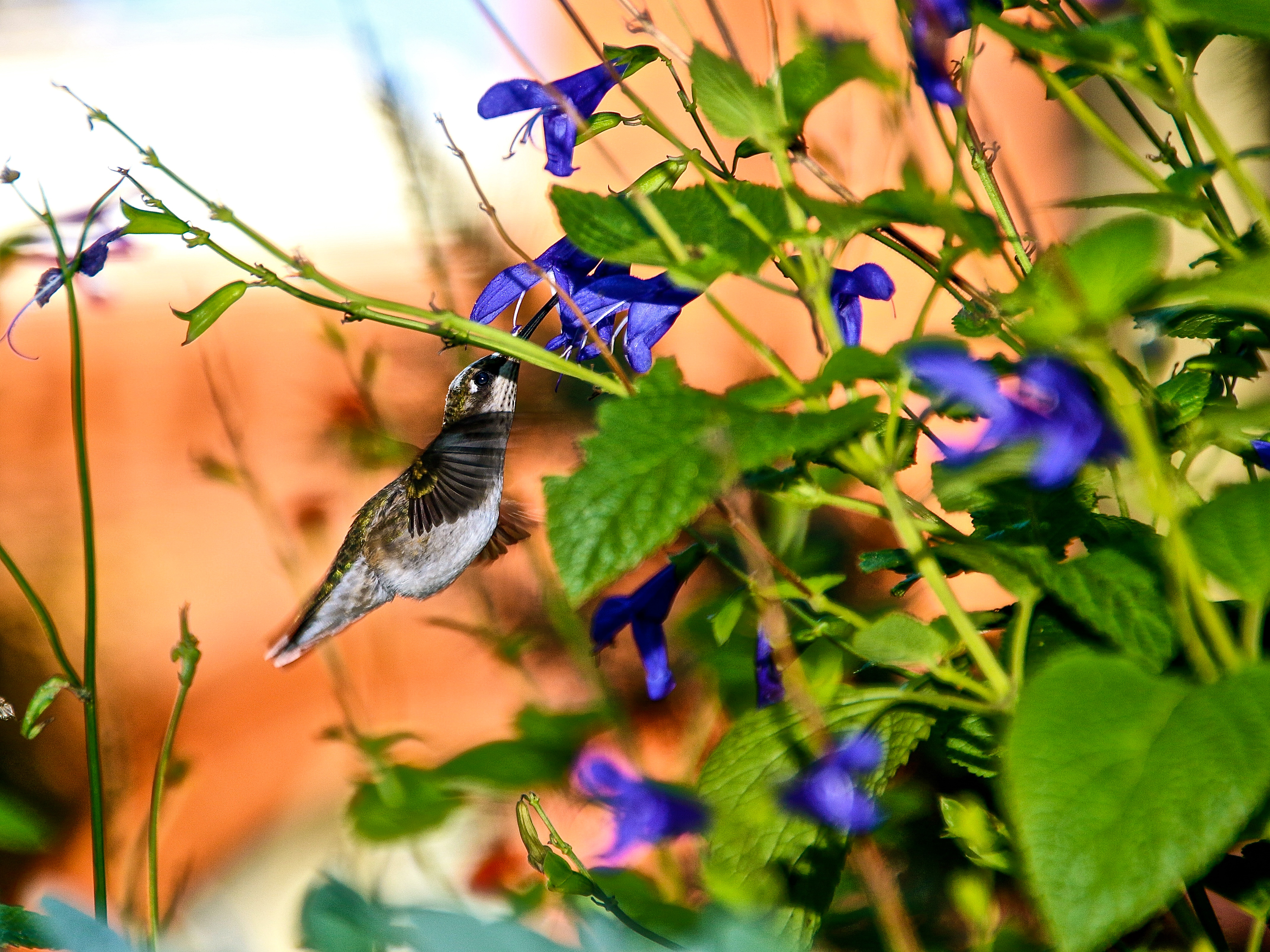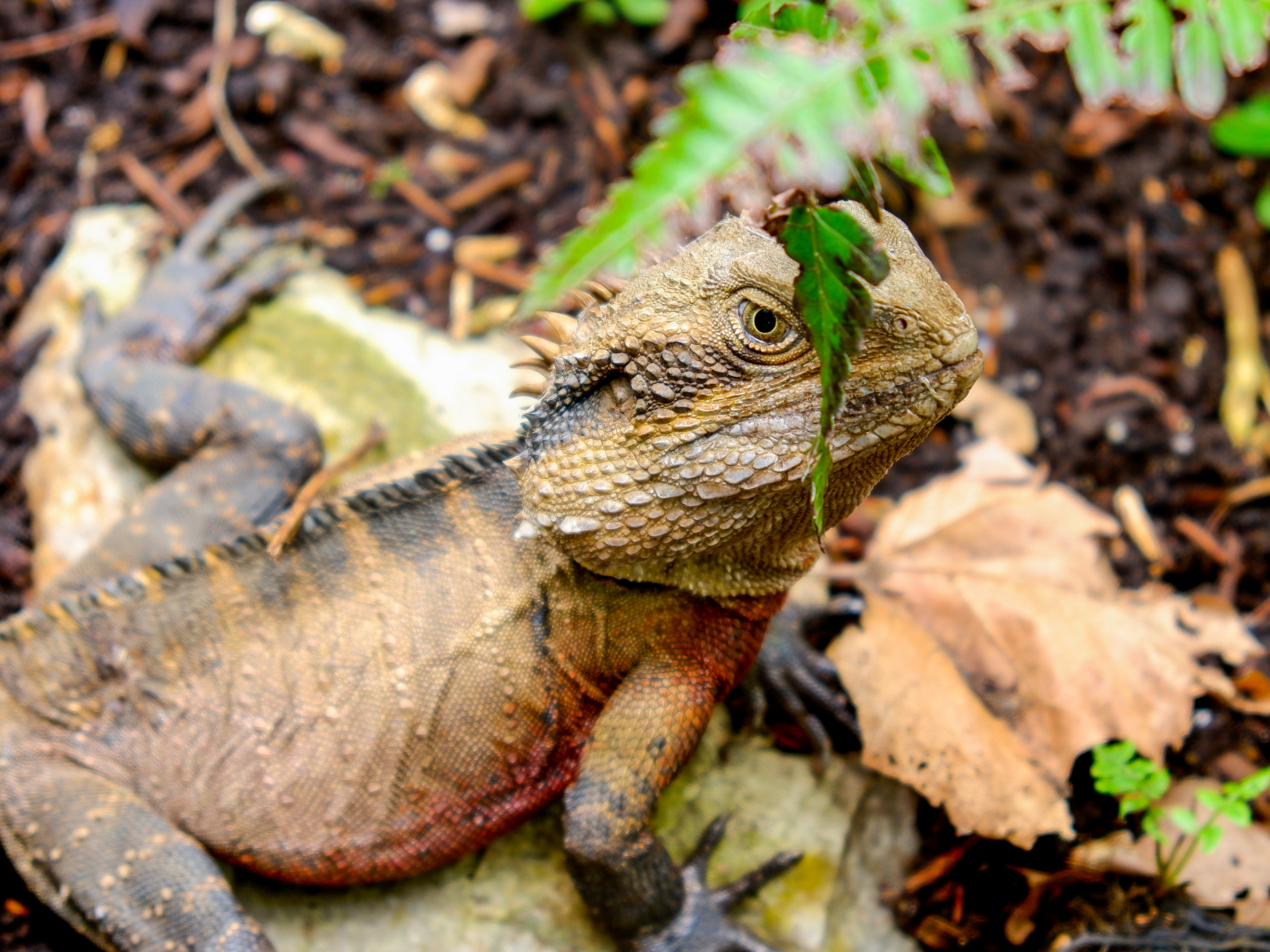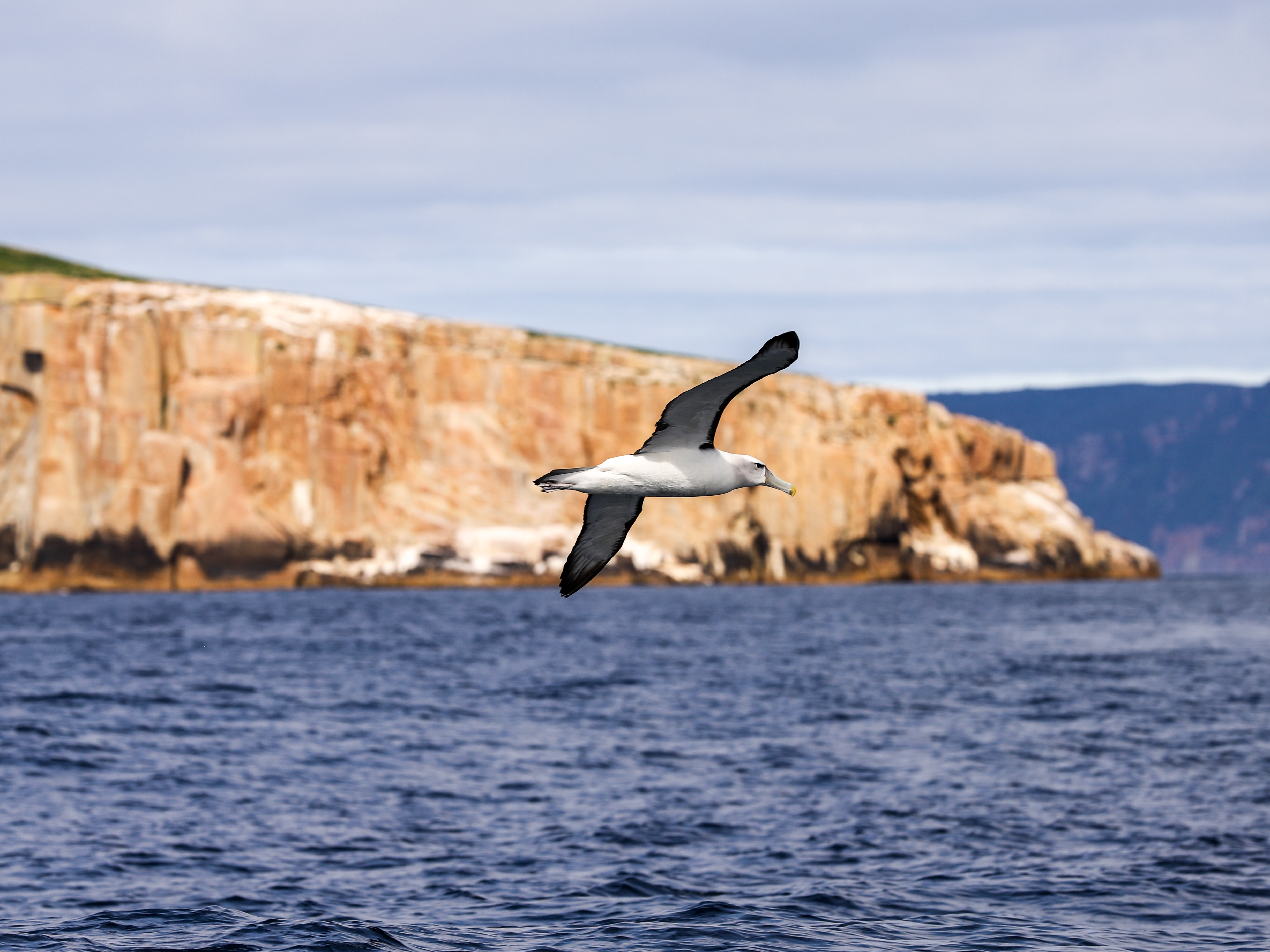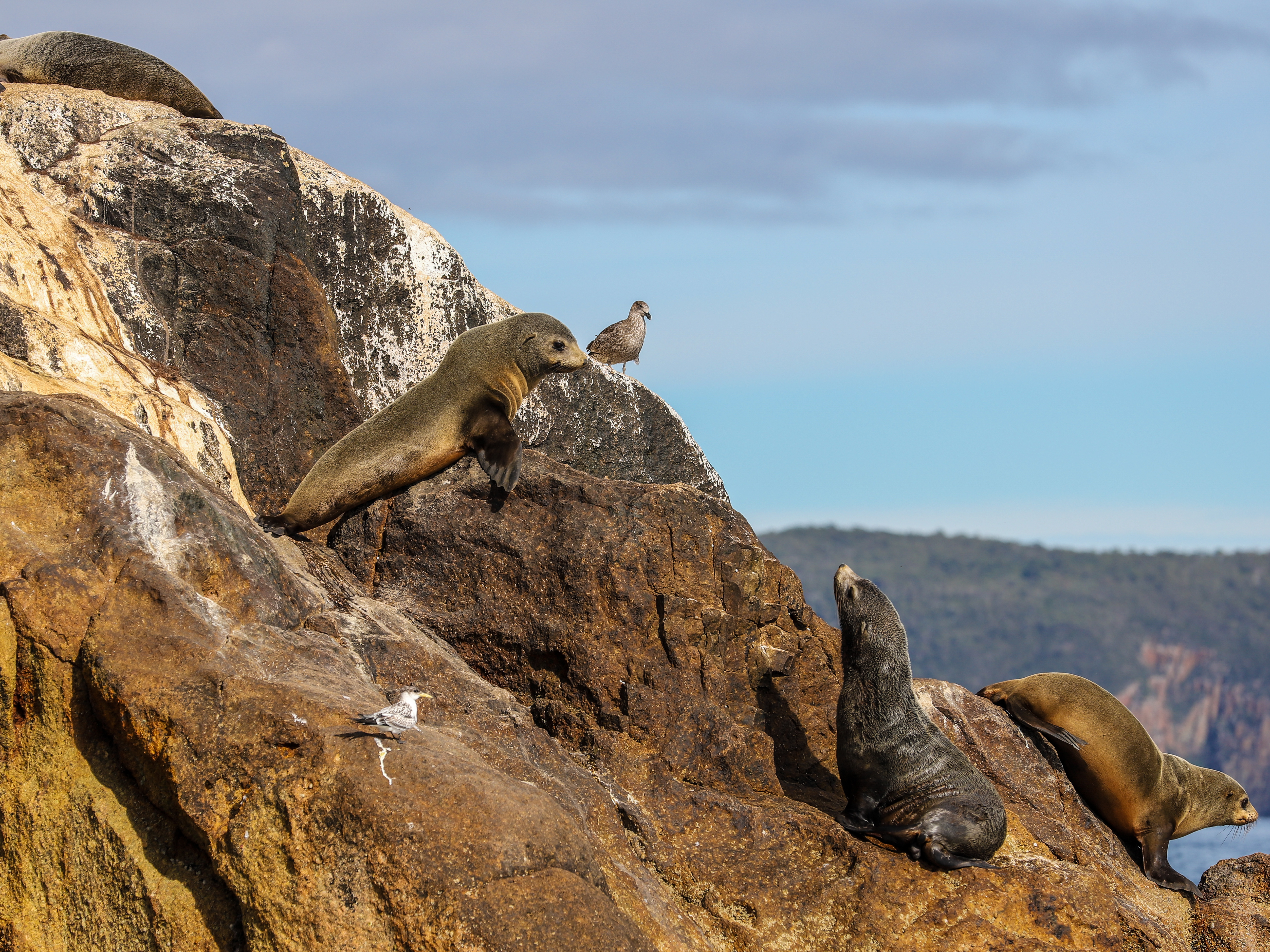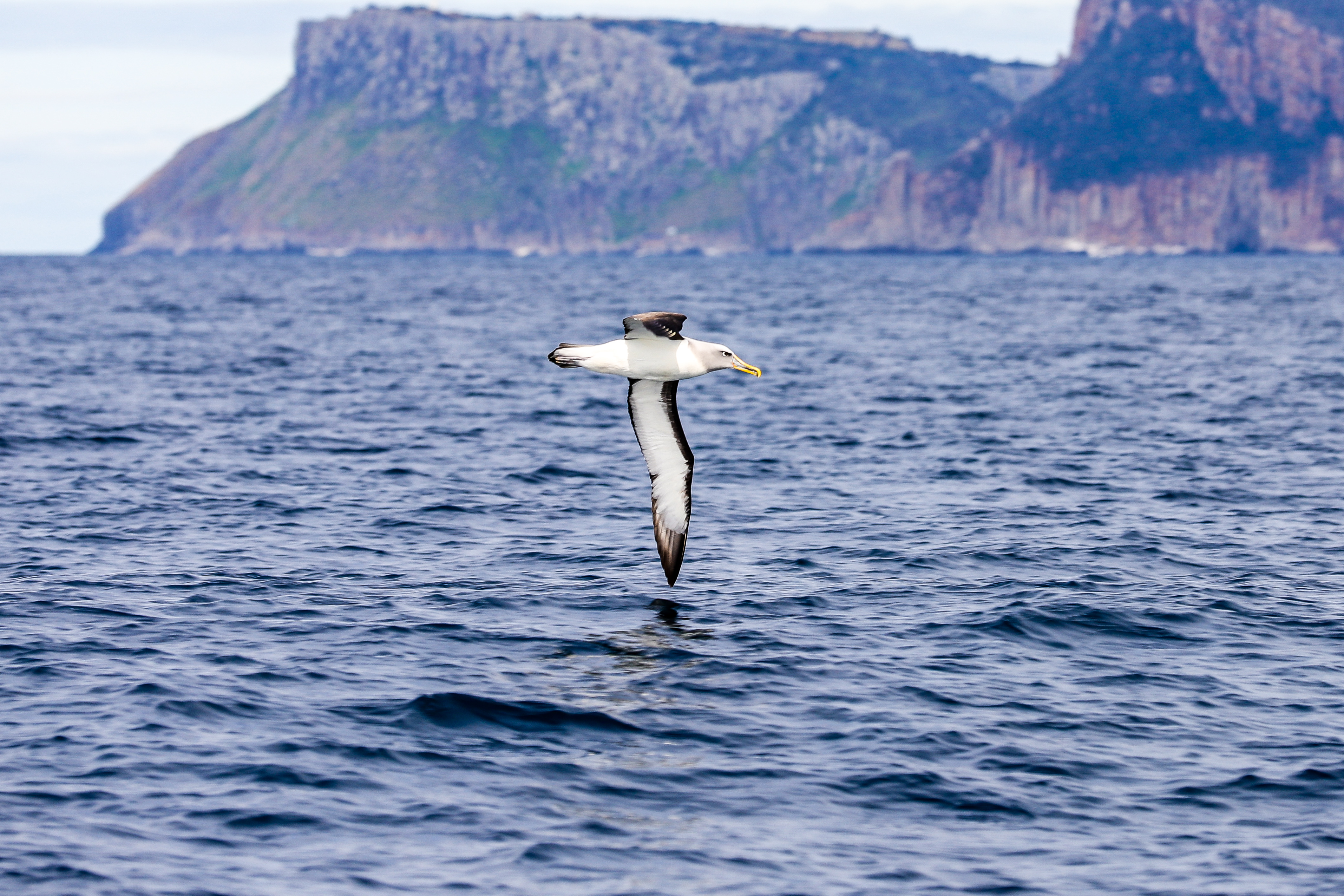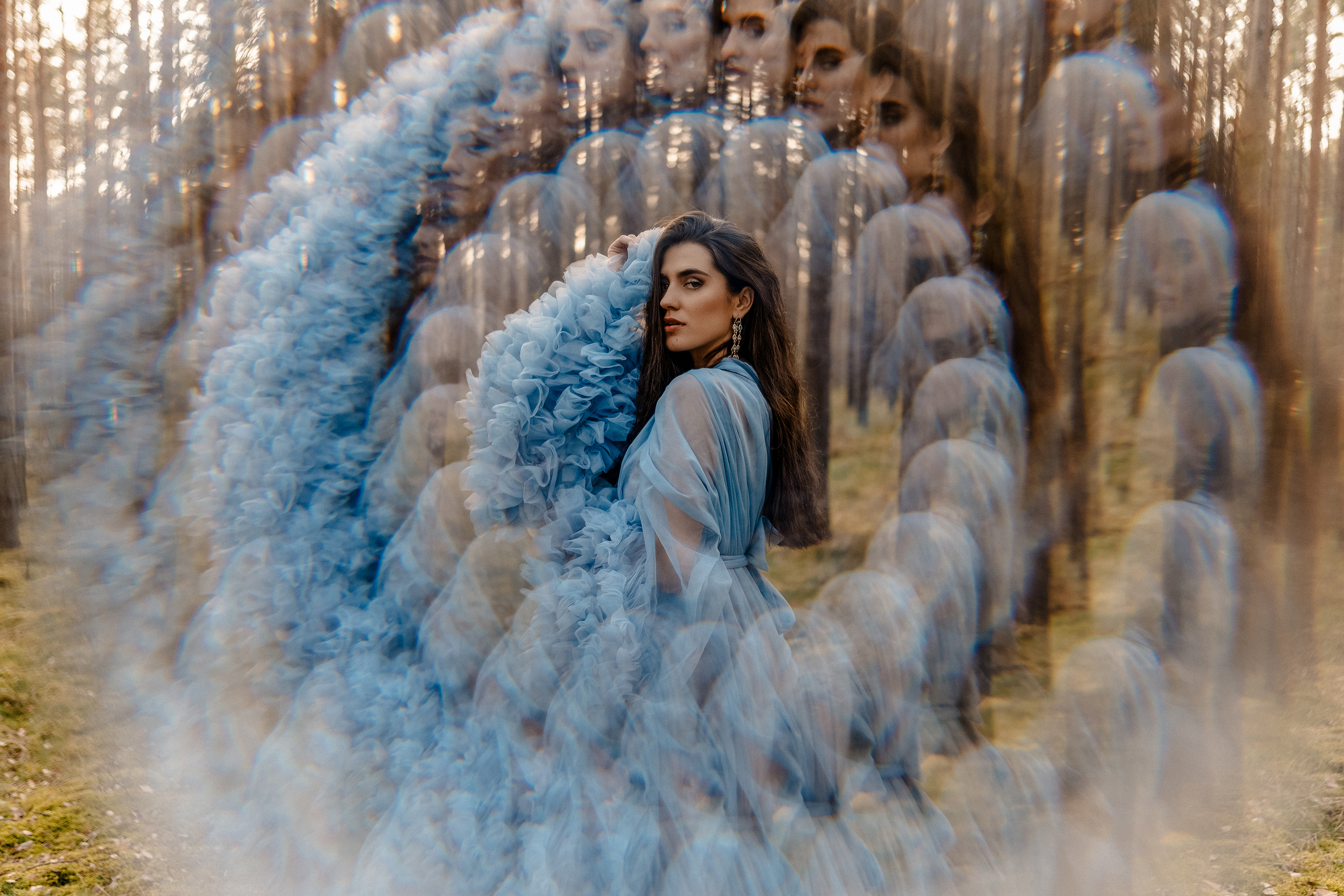Great wildlife photography doesn't need the latest, most expensive cameras
While the recommended minimum burst speed for wildlife photography is 8fps, you can do well with less
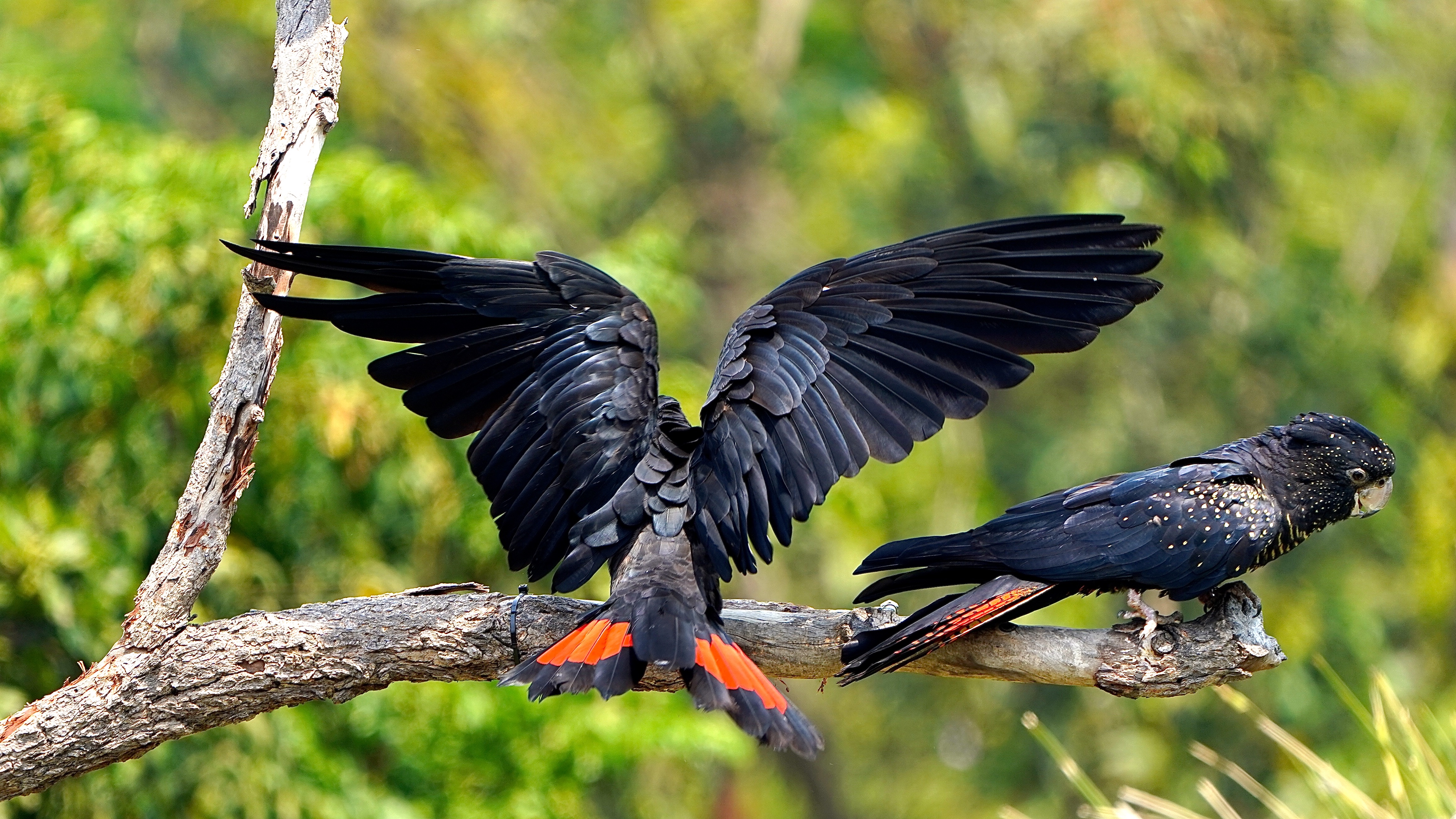
One of the best perks to being a camera reviewer is that I frequently get to try out the latest gear released on the market. Of course, this also means that I constantly find myself tempted to buy one of these new cameras for myself. I'm also acutely aware of how expensive these cameras can be, and for someone who enjoys wildlife photography, many of those speedsters are more a pipe dream than anything else.
That said, I've realized you really don't need the latest or fastest camera in the business to capture some great wildlife shots, whether they be action or animal portraits. You can actually do really well with older, budget (or mid-range) gear.
Admittedly, using budget kits – mostly targeted at beginners and enthusiast users – may not be the best way to win prestigious awards, as they don’t have fast enough burst rates to capture thrilling action. However, you could do really well on social media, or to just hone your skills before you move on to better (and potentially more expensive) cameras and lenses.
I started out with a relatively affordable camera myself, shooting nature and wildlife with a Canon EOS 650D paired with a standard zoom that I can't even remember any longer.
I’ve upgraded my gear a couple of times since then, and shot with some of the best cameras for wildlife photography – those with blitzing fast continuous shooting speeds and accurate focusing and tracking, like the Sony A9 II and Canon EOS R5, during my time as a reviewer – but I’m always pleasantly surprised at some of the wildlife shots I’ve been able to capture with budget cameras.
The recommended minimum burst speed for wildlife photography is 8fps, but I’ve found you can do well with less. I’ve used cameras like the Fujifilm X-A7 (with a burst speed of just 3.6fps) and the Canon EOS 6D Mark II (continuous shooting speed of 6.5fps) and have been quite pleased with some of the results.
Of course, if you know your camera has a slower burst rate, you might have to consider what you’re going to shoot – you probably won’t be able to catch many great action shots, but you can get some excellent wildlife portraits.
The best camera deals, reviews, product advice, and unmissable photography news, direct to your inbox!
However, if your camera has a faster continuous shooting speed, then you have a much better chance at capturing some action. For example, I was able to make do with 6.5fps (as with the EOS 6D Mark II), to capture an albatross in flight…
..and even managed to capture some fur seals.
While the camera's results are more than satisfactory, it probably won't be able to capture a 'perfect' shot, like that exact moment when a duck is just dipping its beak into the water or when a pair of foxes are in the air while brawling.
For something like that, you will need burst speeds of 12fps or more. And the good news is that there are newer cameras, with mid-range price tags, that offer you far better burst speeds than the older models – case in point, consider the Fujifilm X-S10 (up to 20fps continuous shooting speed) and the Canon EOS 90D (14fps burst rate).
On track
Interestingly I’ve not had a lot of problems with autofocus on most of the mid-range cameras I’ve used, although it’s good to keep in mind that some older models might have slower technology as compared to what’s on offer today.
What I have run into issues with is subject tracking when using older cameras, particularly the DSLRs, and this is an important consideration if you’re keen on capturing fast-moving animals.
Honestly, if you think about what you’d like to capture, you can be prepared for it without the need to upgrade to a new camera. In fact, there may be a firmware update that improves subject tracking on your camera – just check the manufacturer’s website for information on that.
If you are keen on upgrading, however, you really don’t need to spend a fortune on top-tier models like the Canon EOS R3 or the Sony A1. Cameras like the excellent Olympus OM-D E-M1X have dropped in price since their launch (so be sure to do your research) or you can get newer mirrorless mid-range models that will do the trick too, like the Fujifilm X-S10.
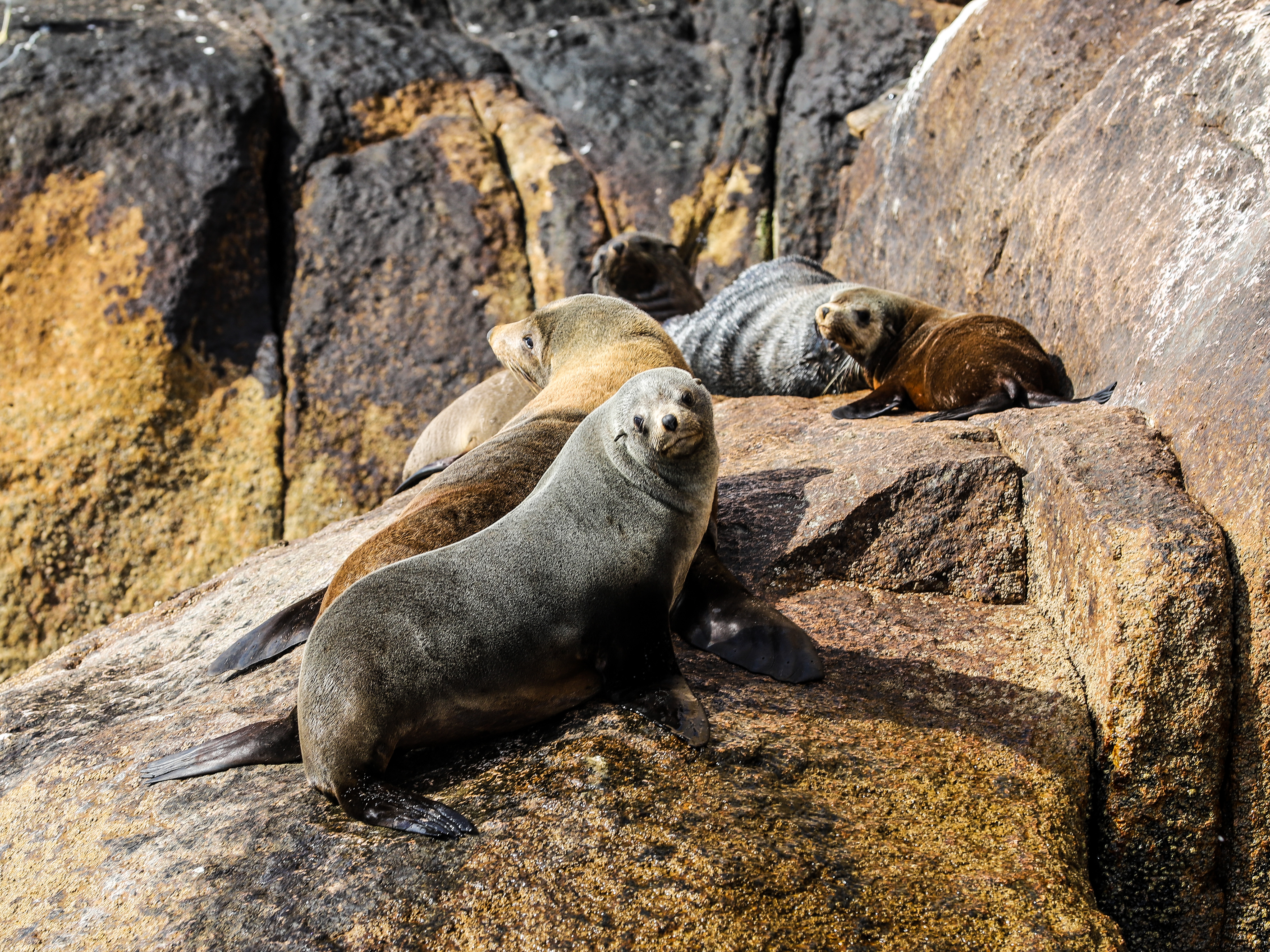
Through the looking glass
Wildlife photography isn’t only about a camera’s speed and accuracy, it’s also dependent on the lens. The most common type of lenses recommended for wildlife photography are telephotos, and the best ones can cost an arm and a leg. However, there are affordable standard zooms with good reach that can help you get closer to the action without disturbing the animals.
I’ve managed pretty well with the Canon EF 70-200mm f/2.8L III IS USM, but I have also used cheaper options like a 18-200mm lens from Sigma, even the first-gen Canon EF 75-300mm f/4.5-6 lens paired with the now-discontinued EOS 7D Mark II and gotten good results.
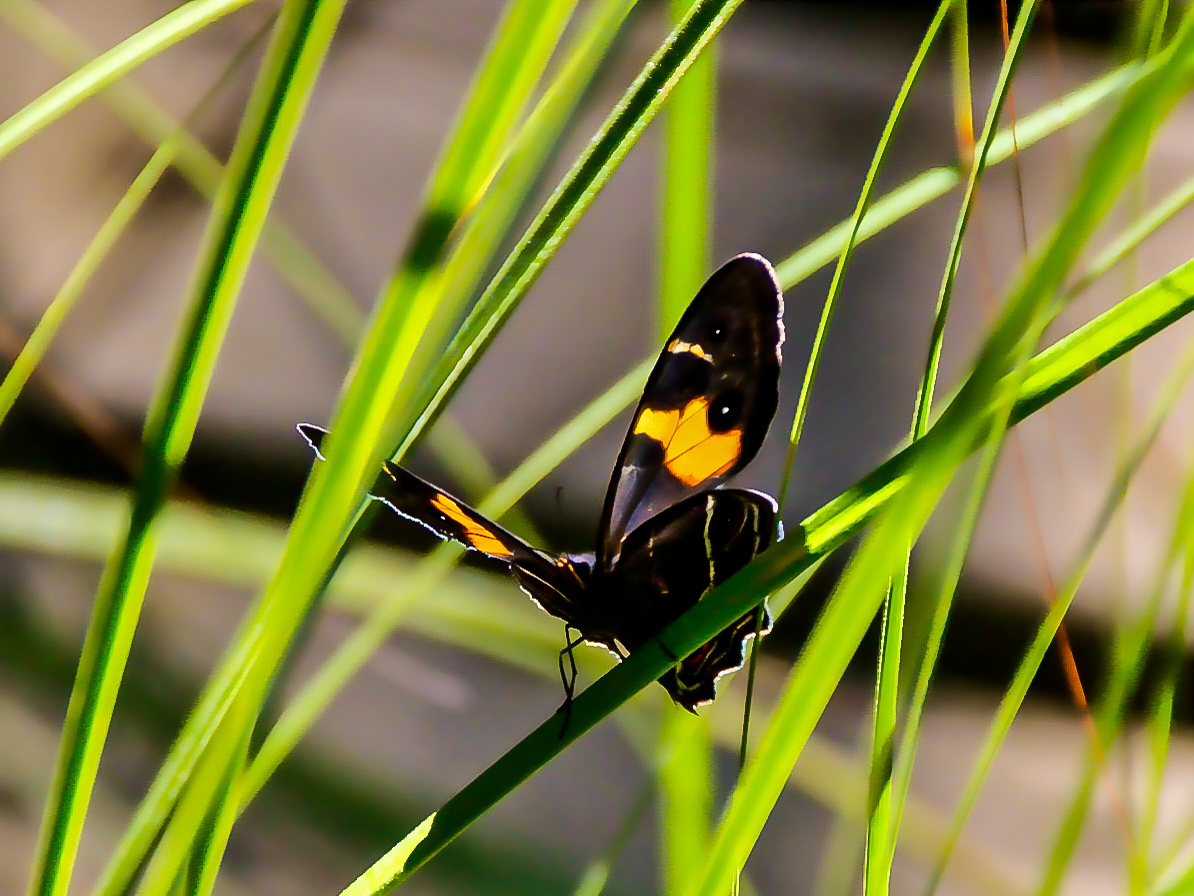
Long story short, I think you don’t have to burn a hole in your pocket for great wildlife photography unless you really want to. You just have to keep in mind what your existing kit can handle and work around it. As I said, you may not win any top prizes, but trust me when I say you’ll get some really great results.
Read more:
• The best professional cameras
• The best mirrorless cameras
• The best trail cameras
• The best DSLRs
• DSLR vs mirrorless: which is best?
• The best telephoto lenses
• Best 150-600mm lenses
• Best macro lenses
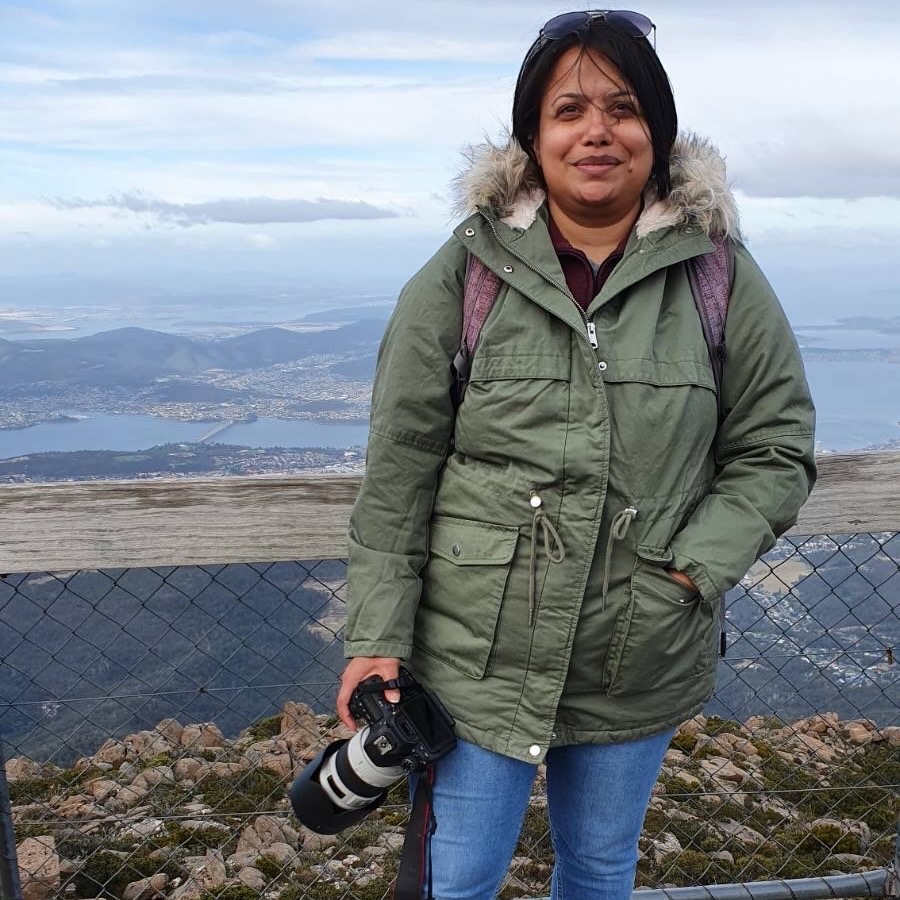
Along with looking after they day-to-day functioning of Digital Camera World in Australia, Sharmishta is the Managing Editor (APAC) for TechRadar as well. Her passion for photography started when she was studying monkeys in the wilds of India and is entirely self-taught. That puts her in the unique position to understand what a beginner or enthusiast is looking for in a camera or lens, and writes to help those like her on their path to developing their skills or finding the best gear. While she experiments with quite a few genres of photography, her main area of interest is nature – wildlife, landscapes and macros.
